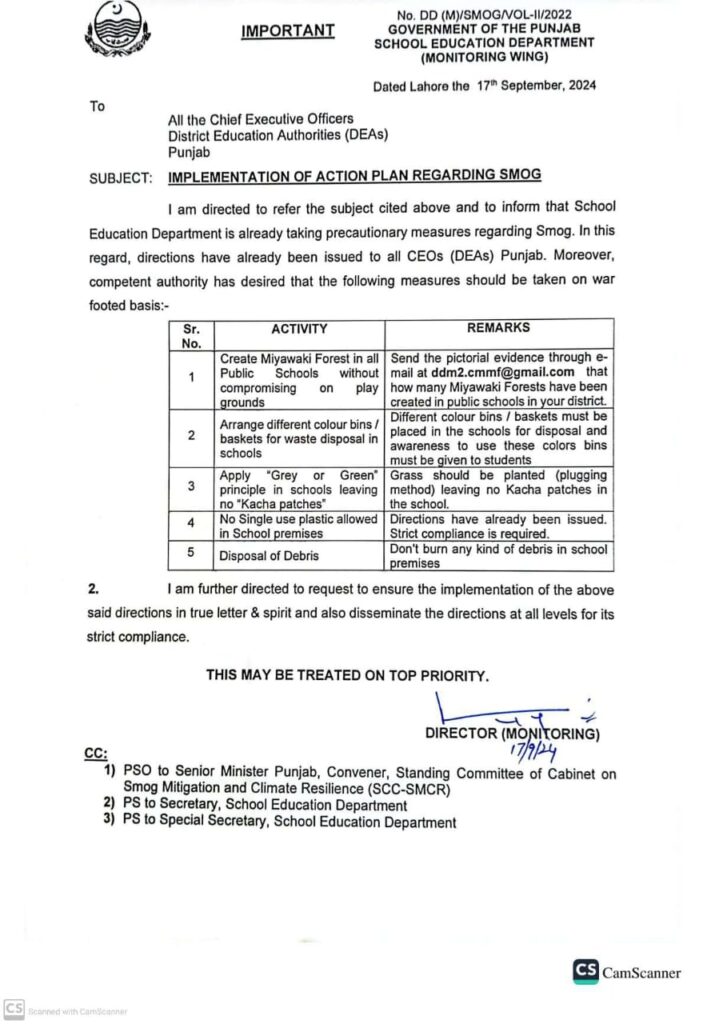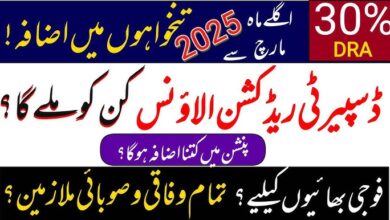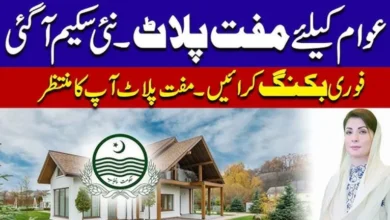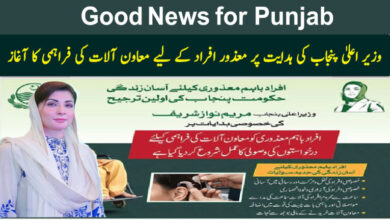Implementation of Action Plan Regarding Smog

Implementation of Action Plan Regarding Smog
Implementation of Action Plan Regarding Smog
Table Of Contents
- 1 Implementation of Action Plan Regarding Smog
- 1.1 Introduction
- 1.2 1. Understanding the Sources of Smog
- 1.3 2. Key Components of the Smog Action Plan
- 1.4 3. Steps for Effective Implementation of the Action Plan
- 1.5 4. Challenges in Smog Action Plan Implementation
- 1.6 5. Benefits of a Well-Implemented Smog Action Plan
- 1.7 Key Pollutants and Their Sources
- 1.8 FAQs
Introduction
Smog, a harmful mixture of air pollutants, poses significant risks to human health and the environment. Rapid industrialization, urbanization, and the burning of fossil fuels have exacerbated smog levels globally. An action plan to mitigate smog is crucial for reducing these pollutants and ensuring cleaner, healthier air. In this article, we will discuss the strategic implementation of an action plan aimed at combating smog, its key components, and how it can be effectively managed for sustainable results.
1. Understanding the Sources of Smog
Smog formation is mainly driven by the presence of pollutants like ground-level ozone, nitrogen oxides (NOx), and volatile organic compounds (VOCs) that react with sunlight. Some primary sources include:
- Vehicle emissions (cars, trucks, and motorcycles)
- Industrial emissions from factories and power plants
- Agricultural activities, such as burning crop residue
- Household pollutants from heating and cooking appliances
- Construction dust and debris
- Deforestation and land clearing activities
2. Key Components of the Smog Action Plan
An effective action plan for reducing smog should incorporate several strategic components. These include:
- Emission Control Programs: Implementing strict regulations on vehicular and industrial emissions.
- Public Transportation Improvement: Encouraging the use of public transport and electric vehicles to reduce personal car usage.
- Promotion of Renewable Energy: Shifting towards solar, wind, and other green energy sources to reduce dependency on fossil fuels.
- Agricultural Policy Changes: Discouraging the practice of burning crop residues and promoting sustainable farming techniques.
- Public Awareness Campaigns: Educating the public on the causes and effects of smog and encouraging eco-friendly practices.
- Monitoring and Data Collection: Installing advanced air quality monitoring systems to track pollution levels and identify trends.
3. Steps for Effective Implementation of the Action Plan
To implement the smog action plan efficiently, the following steps are crucial:
- Assessment of Current Smog Levels: Conduct a thorough analysis of existing air quality and identify key pollutants and hotspots.
- Setting Clear Targets: Define measurable targets for emission reductions within a specific timeline.
- Government Regulations and Policies: Enforce strict policies to control emissions from transportation, industries, and households.
- Inter-Agency Coordination: Ensure collaboration between environmental agencies, government bodies, and local authorities.
- Incentives for Green Initiatives: Provide financial incentives for industries and individuals adopting eco-friendly practices.
- Regular Review and Adjustment: Continuously monitor the progress of the action plan and adjust strategies when necessary.
4. Challenges in Smog Action Plan Implementation
Despite the comprehensive nature of a smog action plan, several challenges hinder its effective implementation:
- Lack of Adequate Funding: Financial constraints can delay the implementation of green technologies and infrastructure.
- Public Resistance: Some individuals may resist changes in lifestyle, such as switching to public transport or adopting clean energy sources.
- Industrial Pushback: Industries might oppose strict emission regulations due to perceived negative impacts on profits.
- Coordination Gaps: Lack of clear communication between government agencies and stakeholders can create implementation delays.
- Technological Barriers: Developing countries might face difficulties in adopting advanced air monitoring and pollution control technologies.
5. Benefits of a Well-Implemented Smog Action Plan
If executed properly, the smog action plan offers numerous benefits, including:
- Improved Public Health: Reduction in respiratory illnesses, cardiovascular diseases, and premature deaths caused by smog.
- Environmental Conservation: Cleaner air contributes to healthier ecosystems and biodiversity.
- Economic Gains: Lower healthcare costs, increased productivity, and potential job creation in green industries.
- Sustainable Development: Promoting the use of renewable energy and green technology fosters long-term sustainability.
- Enhanced Quality of Life: Cleaner air improves the overall well-being of communities, making cities more livable and attractive.
Key Pollutants and Their Sources
| Pollutant | Primary Source | Health Effects |
|---|---|---|
| Nitrogen Oxides (NOx) | Vehicle emissions, power plants | Respiratory issues, lung damage |
| Volatile Organic Compounds (VOCs) | Industrial emissions, household products | Eye irritation, headaches, asthma |
| Particulate Matter (PM2.5) | Construction, burning of fossil fuels | Heart and lung diseases, premature death |
| Ground-level Ozone | Reaction of NOx and VOCs with sunlight | Breathing difficulties, lung damage |
| Carbon Monoxide (CO) | Vehicle exhaust, industrial processes | Reduced oxygen in blood, cardiovascular issues |
FAQs
Q1: What is smog, and why is it harmful?
Smog is a type of air pollution caused by a mixture of pollutants like ozone, particulate matter, and nitrogen oxides. It is harmful because it can lead to respiratory problems, heart diseases, and premature death.
Q2: How can individuals contribute to reducing smog?
Individuals can reduce smog by using public transport, carpooling, reducing energy consumption, switching to renewable energy sources, and avoiding the use of harmful household chemicals.
Q3: Why is it important to implement a smog action plan?
Implementing a smog action plan is crucial to protect public health, reduce environmental damage, and ensure cleaner air for future generations.
Q4: How long does it take to see the effects of a smog action plan?
The effects of a smog action plan can vary depending on its scale and implementation. In some cases, improvements in air quality may be observed within a few months, while significant long-term changes could take several years.
Q5: What role does technology play in combating smog?
Advanced technology, such as air quality monitoring systems, pollution control devices, and clean energy technologies, plays a vital role in detecting, reducing, and preventing smog.
By implementing a well-structured smog action plan, cities and communities can reduce pollution, improve public health, and take a significant step toward a more sustainable future. The key lies in collaboration, innovation, and consistent monitoring to ensure long-term success.

Join Us On For Latest Updates For Click Here To Get All Latest Government Jobs And Education News : https://mediaandjobs.com/
You Can Join Our What’s app Group
https://chat.whatsapp.com/CVwROiD9kKSFwq6pnIdQxi
Click Here To Join Our Facebook Page To Get All Latest Government Jobs And Education News : https://www.facebook.com/profile.php?id=100085051735597&mibextid=ZbWKwL
Download And Get Here all Data Of Your Requirement in One File https://heylink.me/EarnWithSSS/



